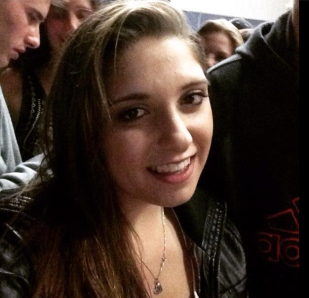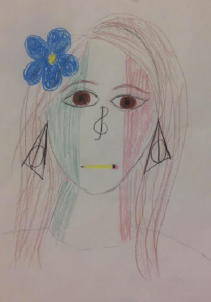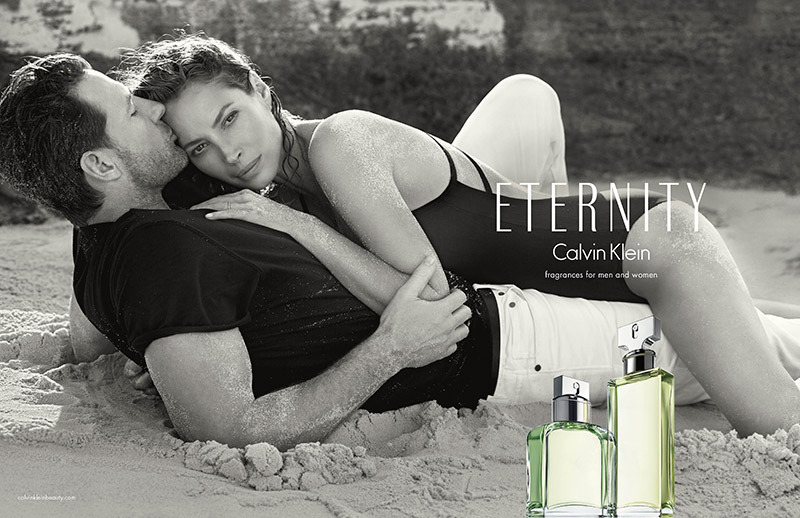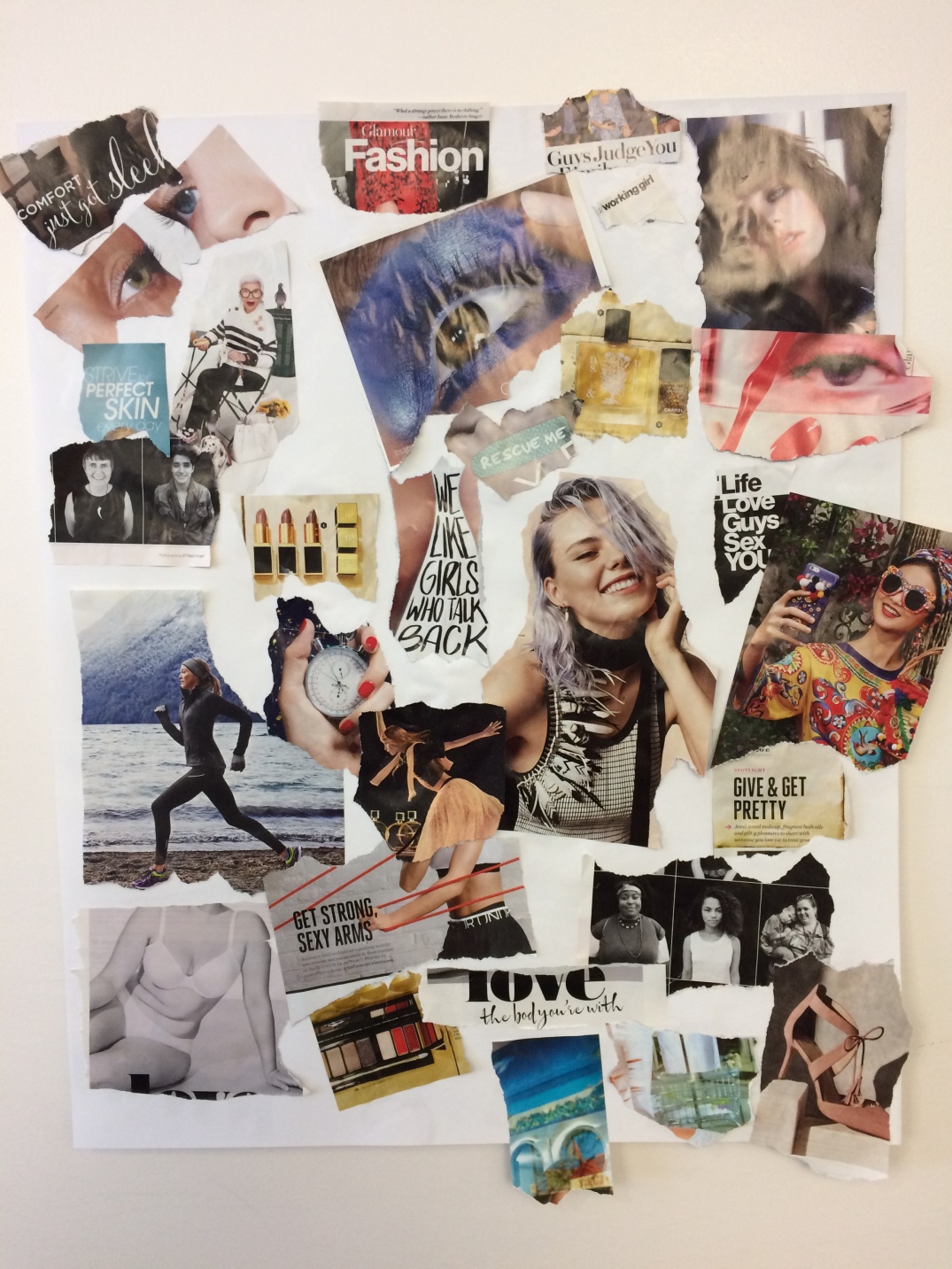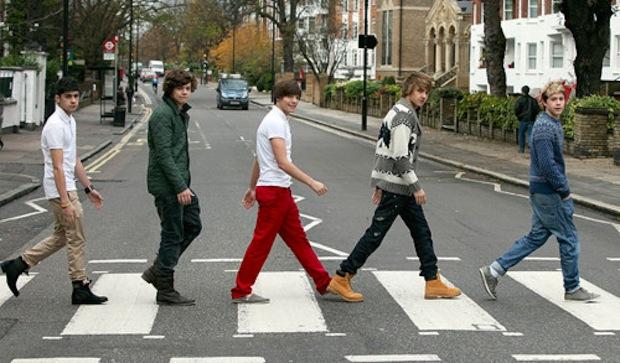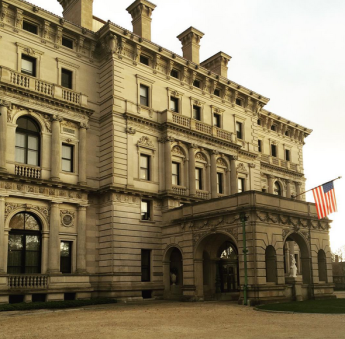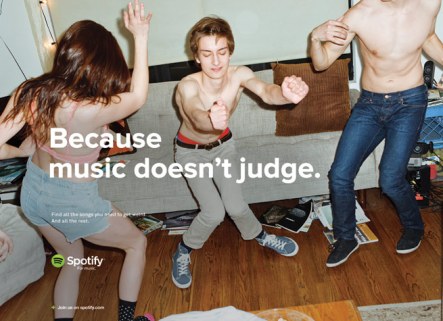
Creative Commons is a California based non-profit organization that specializes in copyrighting licenses. It is a free service that allows users to creatively build and expand on works legally. Copyright laws were put in place to protect a person’s rights to their original work. Creative Commons modifies this idea by allowing users to use a copyright license tailored to what they would like to share with others and still keep the rights too in order to expand the creative process. Users can choose from six licenses. These licenses can allow people to decide if their work can be used commercially and if they would like allow adaptions of the users work to be shared. The site allows users to share music and pictures and if you are the owner of that work, you can customize the rights you give people in order to share your work.
The reason Creative Commons is so innovative is because it breaks the traditional mold of copyright laws. Traditional copyright laws use an :”all or nothing” approach. In short, every aspect of a work is protected from being shared and expanded on. Creative Commons bends these rules because of the customization aspect. I think this creates less tension when dealing with the creative process or developmental process because the rules are not as rigid. If anything it allows for more innovative ideas and creations rather than hindering creative advancement due to fear of copyright laws.
“Gone With the Wind,” a novel by Margaret Mitchell, published in 1936, was later turned into a film in 1939 after major success. It was directed by Victor Fleming. Considering Creative Commons was founded in 2001, “Gone With The Wind,” was written well before the flexible licenses offered by Creative Commons were available. Therefore, it was subject to the strict copyright laws of the era. It cannot be shared, expanded upon, or altered. It also prohibits any possibility of a sequel or spin off. It Creative Commons had existed at the time, Margaret Mitchell would have been able to customize her own restrictions, allowing it to be altered and shared.
Bela Lugosi, a Hungarian actor, was famous for his role as Dracula in the 1931 film of the same name. Lugosi was very invested in his character and felt that he connected with the character of Dracula. This led him to want to pursue the rights of the personality of Dracula on the grounds of them being similar. Creative Commons would not have been able to assist in Bela Lugosi’s case as the company does not protect or have copyright licenses regarding a character or personality.
I think the thinker that goes with this assignment is Walter Benjamin. He spoke about how images are reproduced. If an image is reproduced too many times, it decreases the aura and authenticity of the image. Considering Creative Commons allows users to share and alter images, Walter Benjamin would be critical of this idea.
From doing this assignment, I learned a lot of the Creative Commons. I am more well informed about copyright laws as well.

